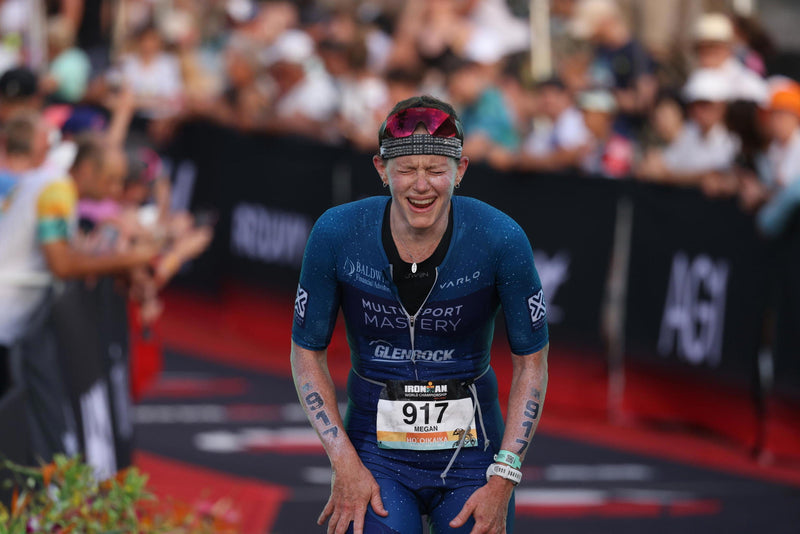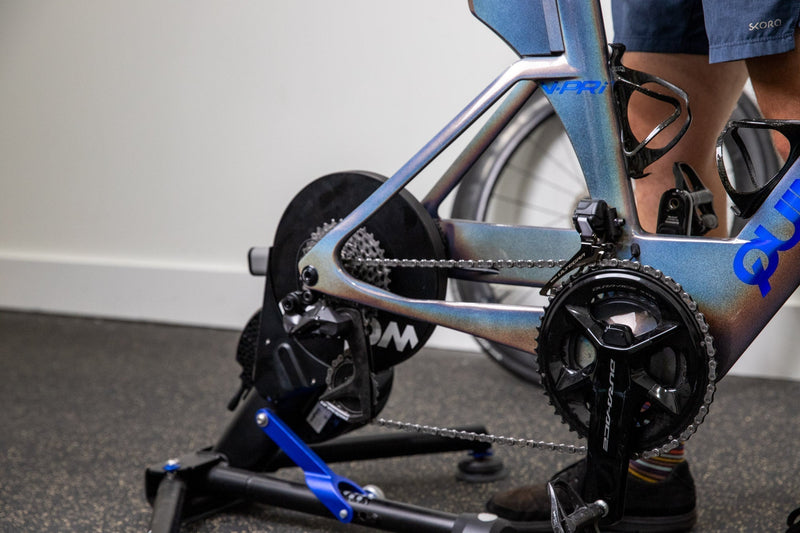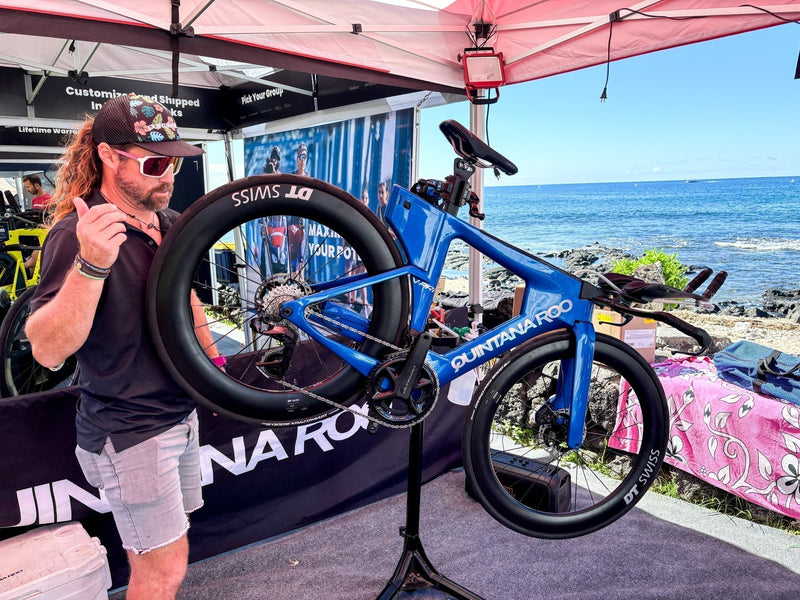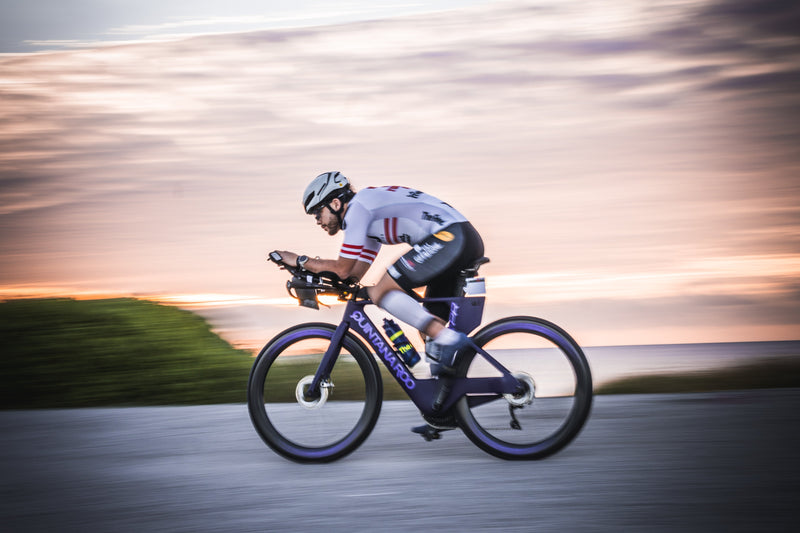JOE GAMBLES: PROFESSIONAL TRIATHLETE & VEGAN
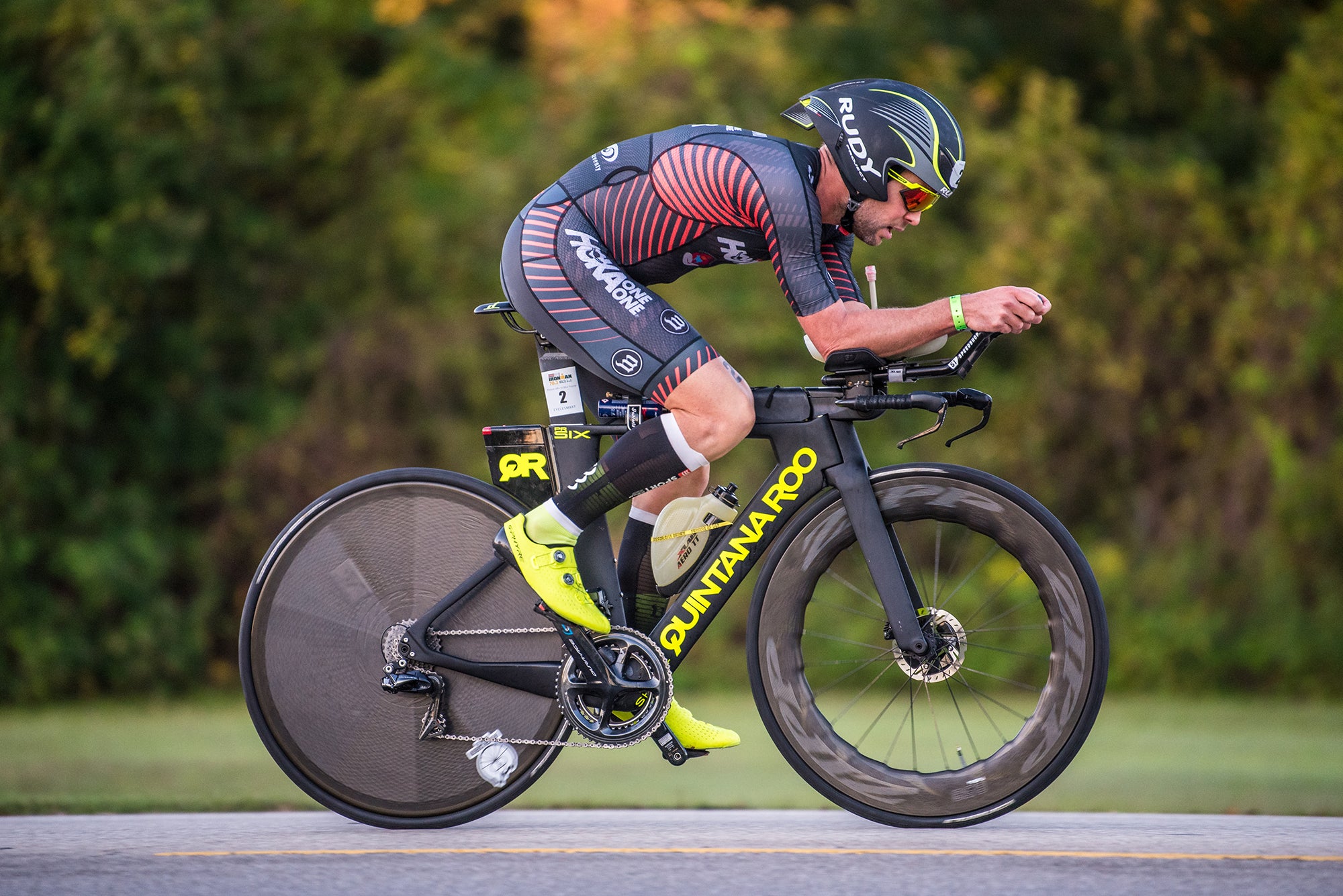
We asked Quintana Roo professional triathlete Joe Gambles about his recent change to a vegan diet. Here is what he had to say.
We hear you have been a vegetarian all your life but recently made the transition to an all-vegan diet – what are the main benefits of being vegan, and why did you make the switch?
As a lifelong vegetarian, animal rights have always been important to me, but recently I decided to take it a step further and cut dairy & eggs from my diet. In addition to feeling much better physically, I am happier psychologically knowing that my plant-based diet does no harm to living creatures.
Although being a vegetarian is preferable to being a carnivore, the production of eggs and dairy products still involves exploitation of animals and cruel practices, such as removing calves form their mothers, keeping cows in a permanent state of pregnancy, cramped, restrictive and unnatural conditions for hens, etc.
Knowing also that the world is in crisis regarding carbon emissions, loss of productive land, and water shortages, a reduction in the world’s meat and dairy consumption would alleviate these shortages significantly. I would encourage any athlete - and any other person - to move away from meat consumption, lead a healthier, cruelty-free lifestyle and help dispel the myths that have the world believing that eating meat is the only way to be strong and healthy.
As an athlete of your caliber, how many hours a week are you training and how does a vegan diet impact your training and recovery?
Being a professional athlete who trains 25-30 hours a week, 50 weeks of the year, changing my diet had to be gradual as I have to track the effect it has on my training and recovery. It is only in the last few months that I would consider myself a full "vegan," but even early on I noticed that making the switch from dairy to plant-based products was easier on my digestive system. This means that I can recover faster between sessions and train harder when it counts.
The most challenging issue has been replacing the calories that dairy provided for me in the past. Dairy products are high in calories, which are not necessarily good, but with the amount of training I do on a daily basis I had to find suitable replacements that would provide the essential energy that I need to maintain my regimen.
On a long training day, what does your nutrition plan look like? Are there particular foods you eat before training, during training and after training for optimal performance and recovery?
In the morning I am pretty hungry, but I need to make sure to eat something that is easy to digest since I still have the bulk of the day’s training ahead. Generally, I have coconut yogurt with vegan granola and fruit, or toast with peanut butter, banana and cinnamon.
I try and keep lunch quick and easy, but I do need a lot of calories at this time of the day. I might make a quinoa bowl with left over veggies, garbanzo beans and avocado. Most days I finish training by 4pm and definitely need to refuel, so I usually have a recovery drink and a late afternoon snack like a hummus wrap with home made veggie burgers and veggies. Generally I have a plant based protein shake after my hardest work out and have a high protein snack after less strenuous sessions.
Does your race day nutrition plan differ now that you are vegan?
My race day nutrition hasn’t changed, as it has always been vegan!
What would you say to the athlete who may be interested in trying a vegan diet? How and where would you suggest they start?
My advice would to be to pick 1 or two days a week to be vegan and plan to eat really well over that day, paying close attention to meeting all your dietary needs as an athlete. As you notice yourself feeling better, and as your vegan repertoire improves, then add more days per week.
Can you share your favorite vegan recipe with us? Particularly one you frequently make during race season.
My favorite meal is my wife’s Vegan Chili over pasta or brown rice. She has been working on perfecting the taste for this chili for 20 years — that said, Chili is all about personal preference so her advice is to do everything to taste.
VEGAN CHILI + BROWN RICE OR PASTA
Fresh Chili Peppers (Jalapeno, Habanero, any kind if you want extra spice)
1 Clove Garlic
1 Medium Onion
1 Red Pepper
1 Green Pepper
2 tbsp Tomato paste
Chili Powder, Salt, Pepper, Sugar to Taste
48 oz Crushed/Chopped Tomato
30 oz Black Beans
30 oz Kidney Beans
30 oz Pinto Beans
1 cup Frozen Corn
Brown Rice or Shell pasta
Cilantro and Fresh Jalapeno
Chop fresh chilis with or without seeds depending on your heat tolerance (cut chilis CAREFULLY, wash your hands, knife and cutting board after handling fresh chilis) and saute in olive oil with chopped garlic. Stir constantly until peppers are soft and be sure not to brown the garlic. Then take most of it out — you may have made that too spicy and it's best to add it back in bit by bit.
Add chopped onion and cook until translucent, then add chopped red and green peppers. Cook for 2-3 minutes. On medium heat, add tomato paste and stir for one minute, then add 1 tbsp of chili powder and stir until all combined. Add chopped or crushed tomatoes, salt, pepper and 1/2 tsp of sugar then let cook on low, covered for 30-60 minutes. You may need to add some water too. Taste the chili occasionally and add more chili powder, fresh chilis, salt or pepper.
Add half the beans and cook for another 30-60 minutes. Once it tastes done add the rest of the beans and the corn. You can let it sit until you are ready to eat or let it sit overnight for the best taste. Serve over brown rice or pasta shells, with fresh jalapeno and cilantro on top.
visit joe gambles' website
view more quintana roo articles



